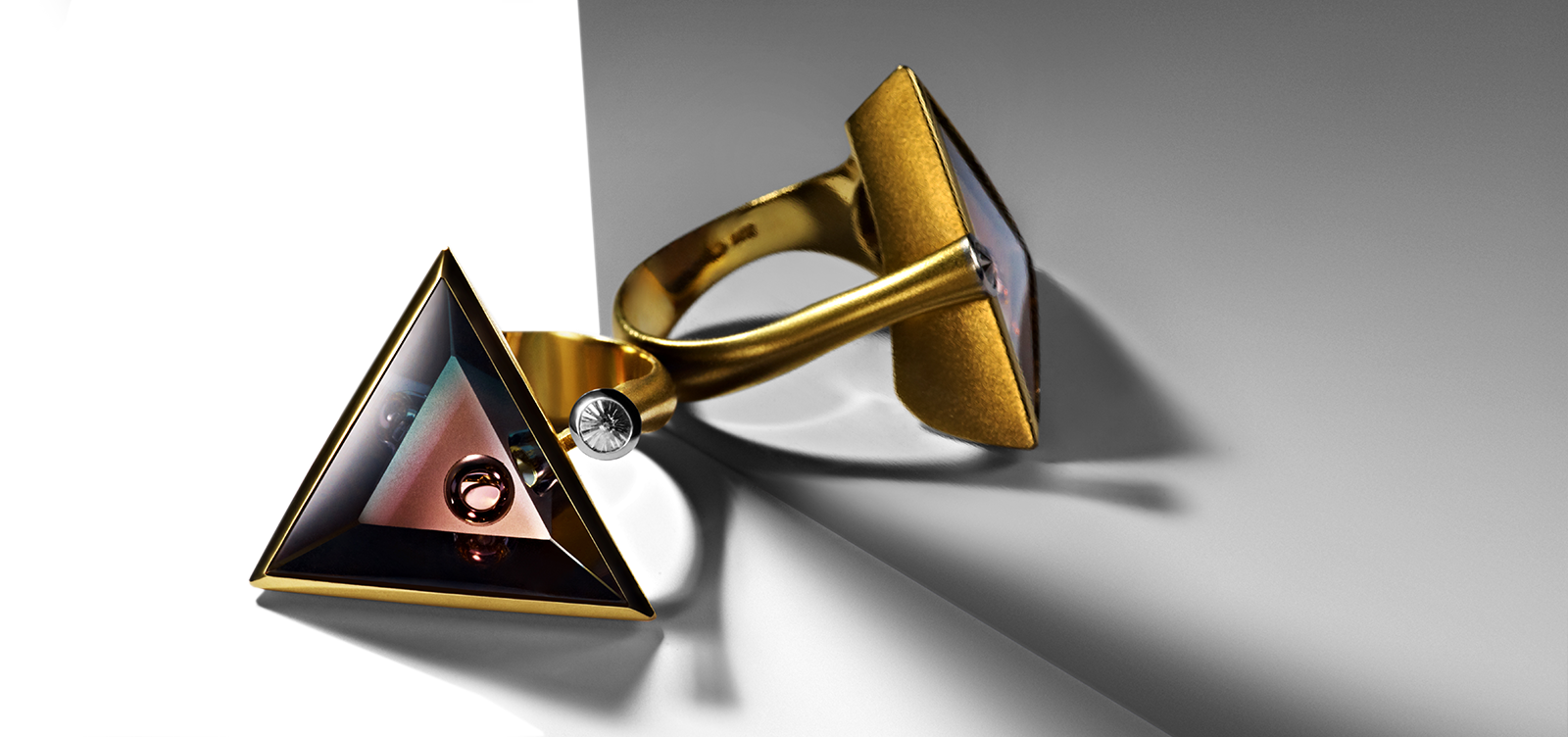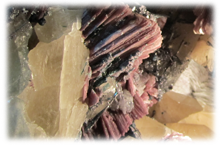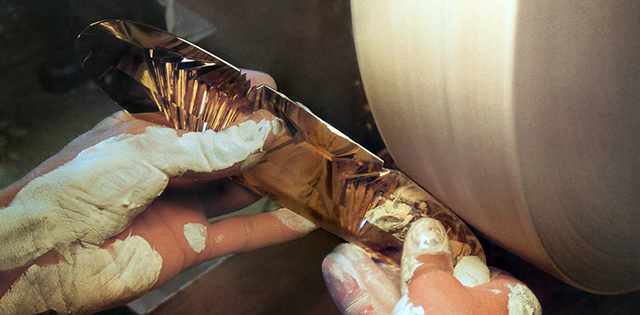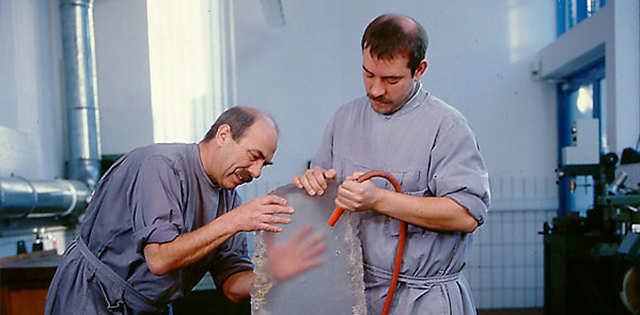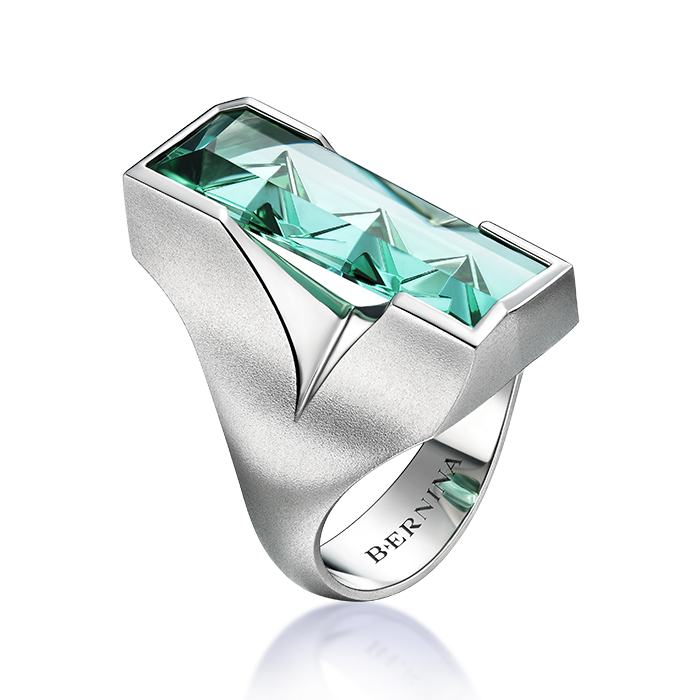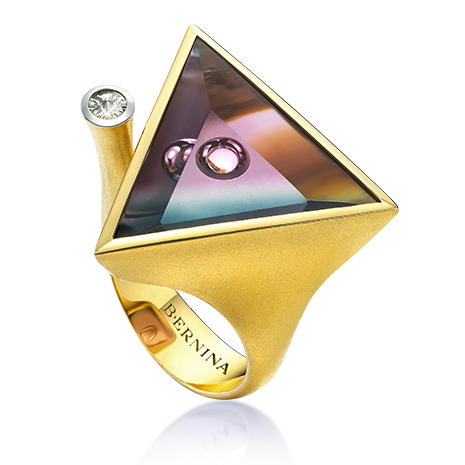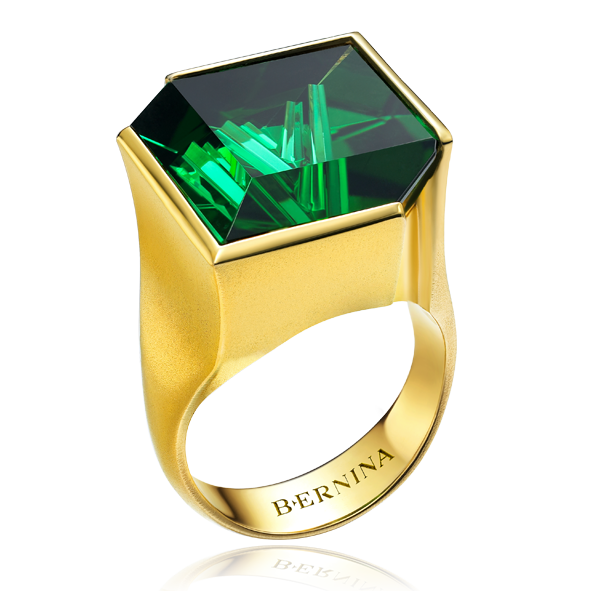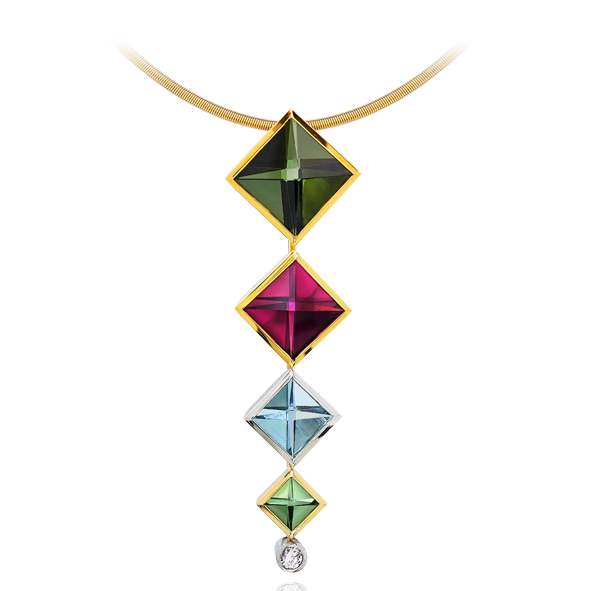Tom
Munsteiner is a senior master jewelry designer from
Germany. His father was known as
the "Picasso of the gemstone world". Bernd Munsteiner calculated a new
perfect cutting technique that consists of some caniniform facet. This method
makes big gemstones not only express their features but also their artistry.
Since 2000, Tom Munsteiner has been busy with Ritmo, a
group of works that represents a high point of his oeuvre. It centres on
rhythmically clocked iterations of sophisticated ornamental structures notched
into the reverse, worked out to mark spatial depth in the crystalline shape
through manifold reflections.
Tom Munsteiner is a past master at comprehending natural
structures and their crystallographic planes and developing from them a design
idea that visualises the >heartbeat< of nature as it has throbbed for
aeons. On the one hand, he makes visible the natural >architecture< of the
crystal; on the other, he makes visual clocking interpretable by treating it as
an experientially synaesthetic acoustic space. As long ago as Vitruvius, the
significance of the rhythmic iteration of architectural elements on a building
had been pointed out and viewed as an indispensable aspect of decoration.
However, the notches Tom Munsteiner carves into the reverse of his lucent
crystals assume enormous plasticity. That is why the works in this group do not
simply render visible the spatial planes of the crystal but incorporate the
crystal itself into our lives as sculpture, especially since most of these
works become gemstones for jewelry.
